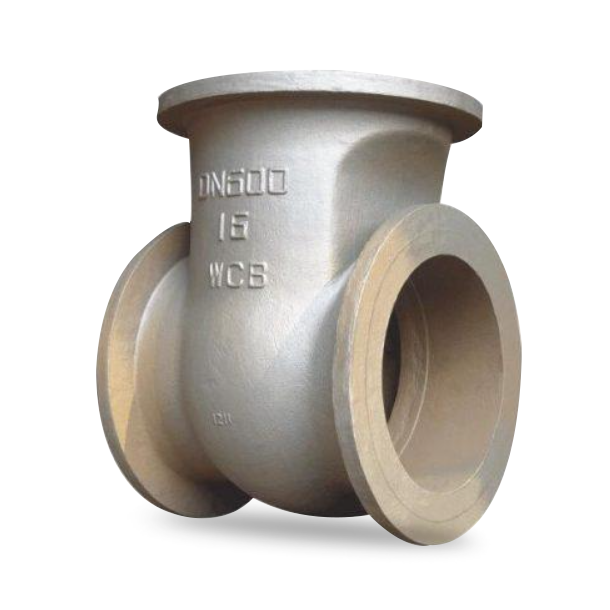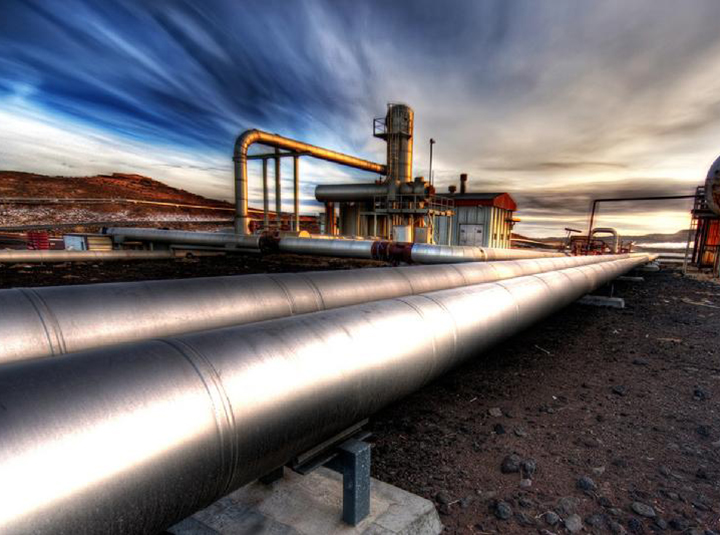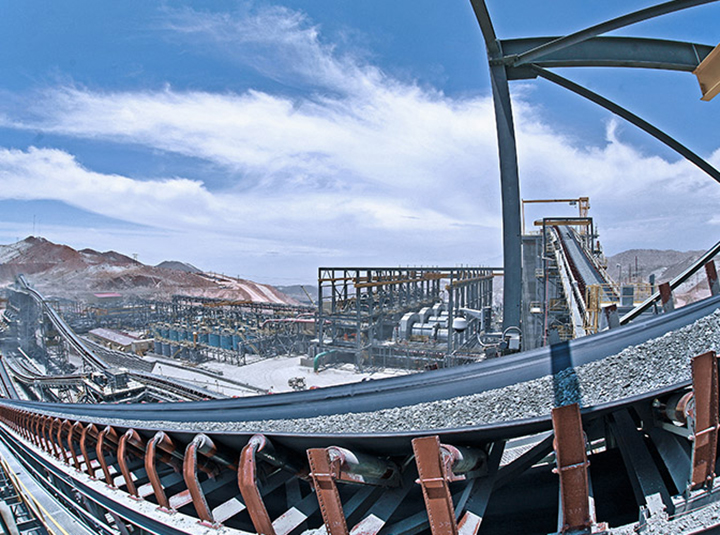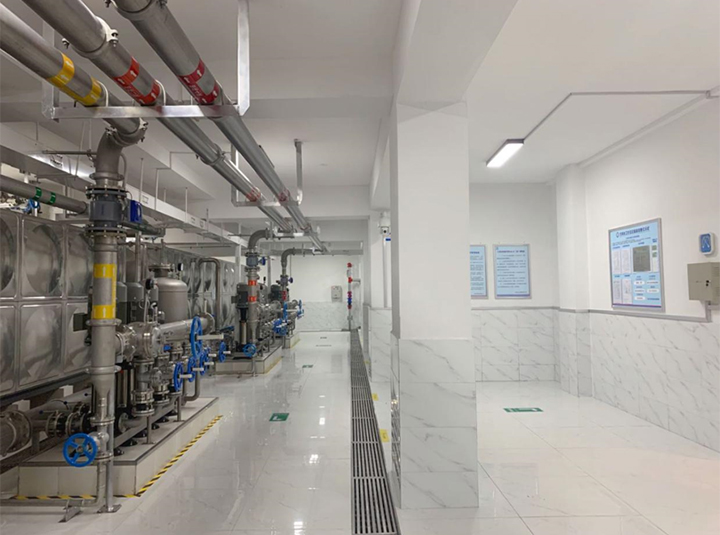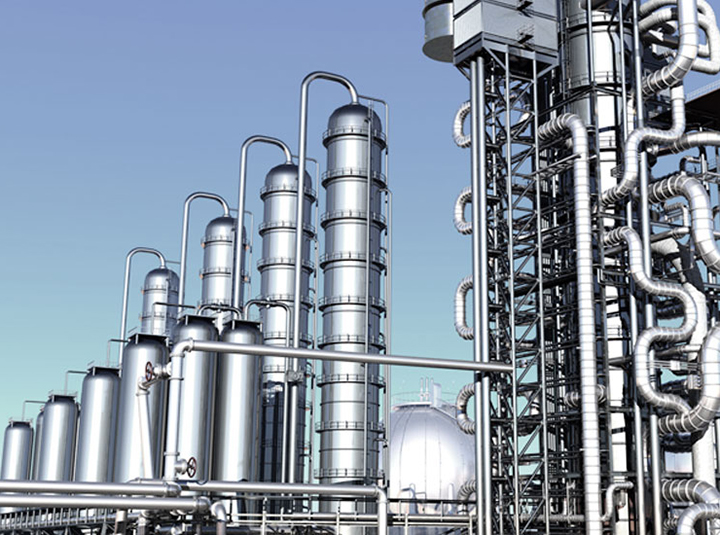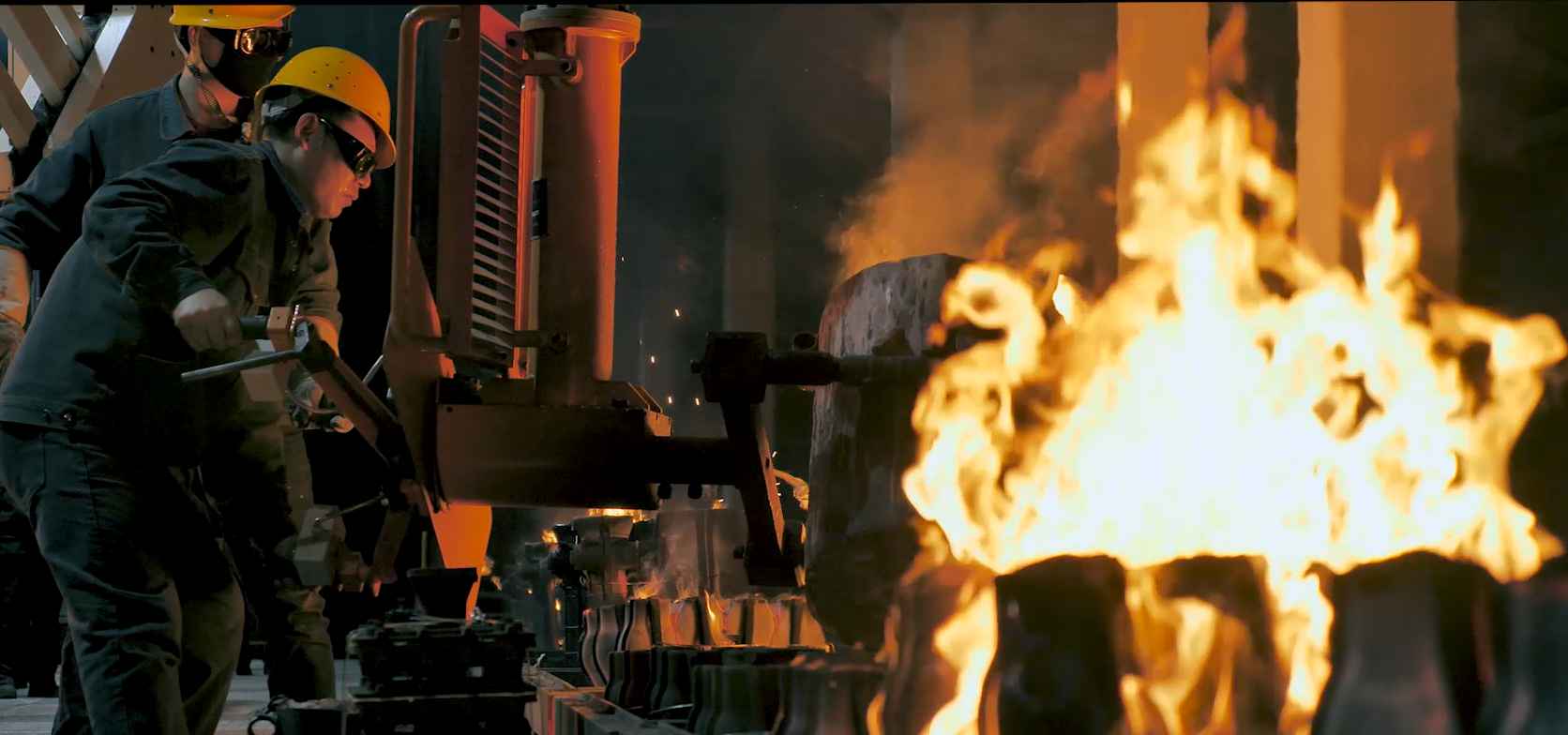Cast iron rising-stem gate valves play a significant role in enhancing energy efficiency and contributing to environmental protection in various industrial applications. These valves, widely used in water, wastewater, and oil & gas pipelines, offer several key advantages that directly influence energy consumption and environmental sustainability. Here’s how they contribute:
1. Minimizing Energy Losses
One of the primary roles of gate valves in general, and rising-stem gate valves in particular, is to ensure efficient fluid flow control in pipeline systems. By offering a full, unobstructed opening when fully opened, they minimize flow resistance, which results in lower energy consumption in pumps and motors that power the system. This helps reduce overall energy costs in systems like water treatment plants, heating, and cooling systems.
Cast iron’s durability and strength ensure that the valves maintain their efficiency over extended periods, avoiding the need for frequent replacements that might otherwise lead to energy inefficiencies.
2. Leak Prevention and Reduced Wastage
Leakage is a common concern in many industrial systems, particularly in water, oil, and gas pipelines. A well-designed cast iron rising-stem gate valve creates a tight seal, which is crucial in preventing leaks. When valves function optimally, they help maintain pressure and fluid integrity, reducing the amount of fluid lost during transportation and helping to minimize wastage.
Preventing leaks also ensures that less energy is required to compensate for lost fluids, reducing the overall environmental impact of unnecessary resource use. This is particularly important in the oil and gas industries, where leaks not only waste valuable resources but can also result in hazardous environmental spills.
3. Durability and Longevity
Cast iron rising-stem gate valves are known for their exceptional durability and long service life, even under harsh environmental conditions. This longevity means fewer replacements and repairs, which reduces the environmental impact associated with manufacturing and transporting replacement valves. It also reduces the energy consumption involved in maintenance operations.
The robust construction of cast iron ensures that the valves maintain optimal performance over time, helping to extend the life of entire pipeline systems and thereby reducing the overall environmental footprint.
4. Enhanced Control Over Fluid Flow
These valves provide precise control over fluid flow, which is vital in systems that require accurate adjustments to optimize energy consumption. In applications such as water distribution systems, efficient valve operation allows for better control of water flow, reducing the need for additional pumping, which is energy-intensive. The ability to manage the flow rates in a controlled manner means that fewer pumps or compressors are needed to maintain desired system pressures, ultimately saving energy.
5. Reduction of Emissions and Environmental Contaminants
In industries like oil & gas, where cast iron gate valves are used for controlling the flow of high-pressure fluids, their ability to maintain a seal can prevent unwanted emissions and the release of hazardous chemicals into the environment. This helps meet environmental protection standards, ensuring that industries remain compliant with emission regulations and contribute less to air and water pollution.
Moreover, Cast Iron Rising-Stem Gate Valves help to minimize the risk of system malfunctions or accidents that could lead to environmental contamination, further enhancing their role in protecting natural resources.
6. Sustainability and Material Efficiency
Cast iron, the material used in rising-stem gate valves, is highly durable and recyclable. The production of cast iron valves uses fewer raw materials compared to alternatives like bronze or steel valves. Since cast iron valves can be recycled at the end of their life, they have a significantly lower environmental impact in terms of material waste. By choosing these valves, industries contribute to a circular economy where materials are reused, rather than contributing to the accumulation of waste in landfills.
Incorporating Cast Iron Rising-Stem Gate Valves in industrial systems not only ensures operational efficiency but also provides tangible benefits in terms of energy saving and environmental protection. Their durability, tight sealing capabilities, and precise flow control minimize energy losses, reduce waste, and help prevent leaks and emissions. As industries continue to move toward more sustainable practices, the role of such valves in enhancing operational efficiency and supporting environmental goals will only grow in importance.



